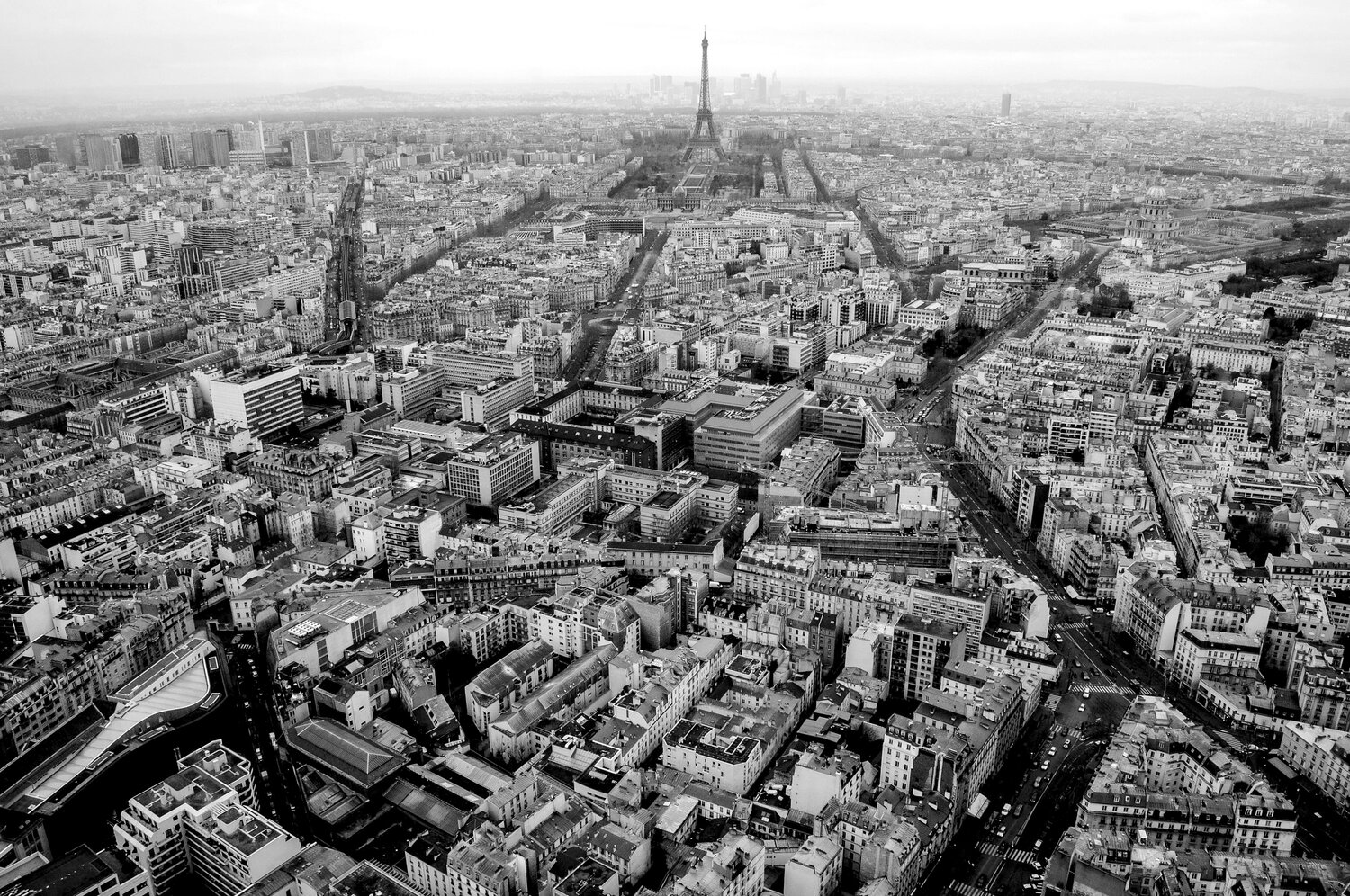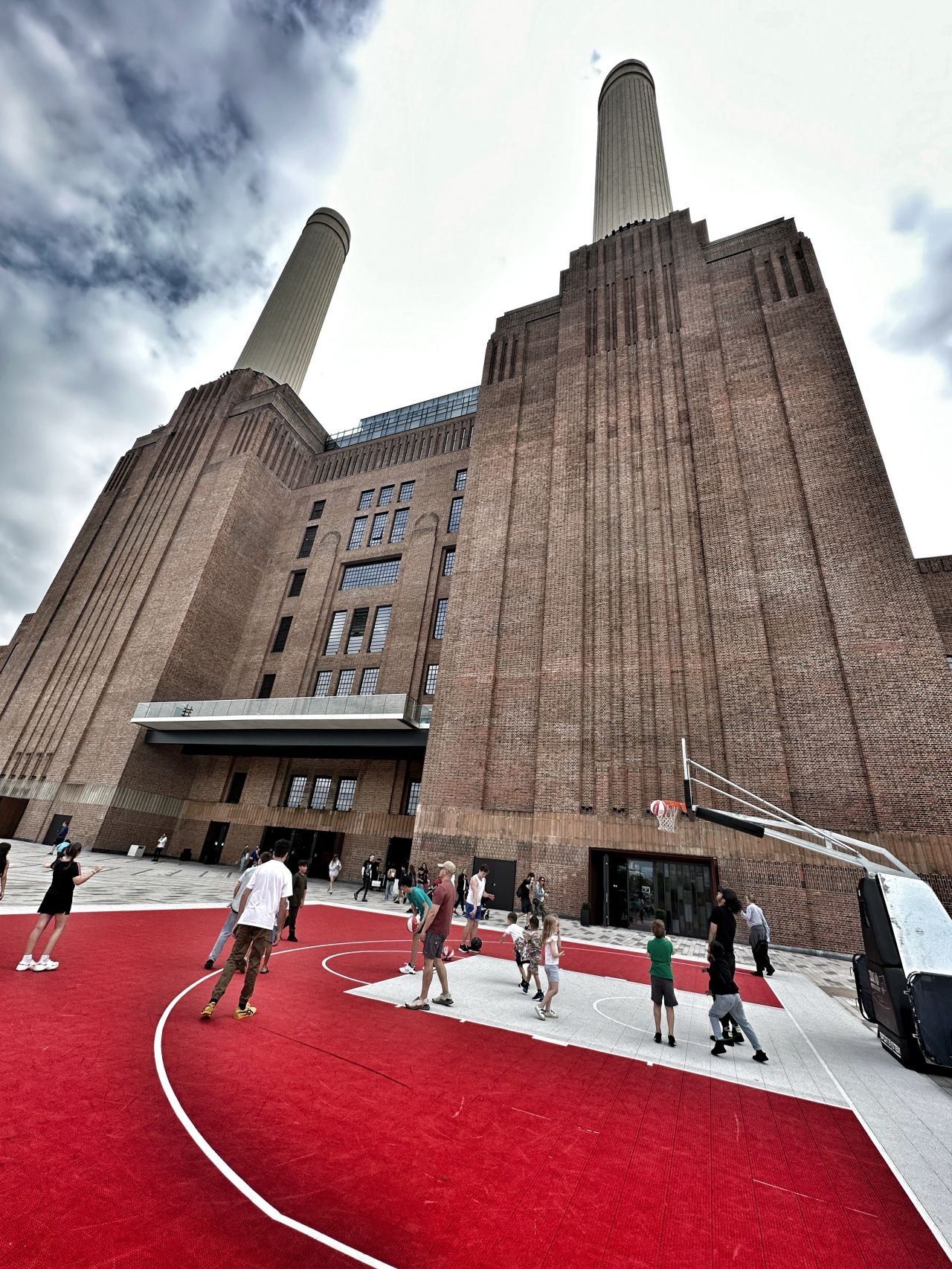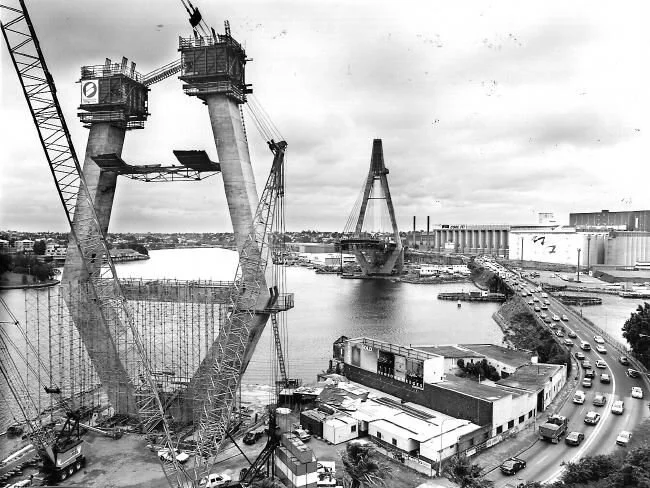Jess Cook has been involved in a range of events and creative projects over the last 15 years. From running collaborative art events and helping to manage large-scale festivals, her latest endeavour is arguably the most ambitious. As Founding Member and Managing Director of Sydney’s 107 Projects, she’s been integral in creating an impressive cultural space in central Sydney. In addition to housing exhibitions, dance classes, theatre performances, artists’ in residence, horticulture, cooking and workshops spaces, 107 has become host to some of Sydney’s most prominent creative organisations and projects. Collaborations include FBI’s Ears Have Ears, Heaps Gay, Groove Therapy and The Bower, to name just a few.
Jess recently showed me around 107, talking about the space itself, as well as creative spaces, more generally.
TOP: Let’s start with the basics, what is 107 and who is involved?
JC: 107 Projects is an independent art space based at 107 Redfern Street in Sydney. In 2011 we received the keys through the City of Sydney’s Accommodation Grants programme and from there it was pretty much up to us to turn it into what it is today. And by us, I mean a collective us… Over the course of 5 years we’ve had a lot of support from philanthropists, as well as all three tiers of government.
Basically, we've turned 1,700 sq m of disused space into 10 artist studios, 4 exhibition spaces, open plan office spaces, meeting rooms, a mastering room for music, a woodwork shop and a general shared space. Primarily most of it has come from the generosity of people who just want to share their brains, their hands, and their time... and thank god for that, because we really didn't have any money!
Our motto and common thread with our partners is 'live creatively' – but that’s not just about art – it’s about being creative with everything you do, so we encourage creative uses within all of our spaces. I mean, our roof garden for example... I really think that the type of landscaping we have up there isn’t just a hobby, but it’s creativity. The guys at Milkwood, who created it, one came from This is Not Art and the other used to be an artist. I guess that says something in itself.
TOP: Where did 107 initially begin?
JC: It started in 1999 on Elizabeth Street in Surry Hills - operating without any funding.
An artist setting up in Project 107's exhibition space.
TOP: Is that Hibernian House?
JC: Yep, that’s the one!
TOP: Oh yeah, I went up on that rooftop a few times back in the day.
JC: I’ve seen a lot of crazy things in that place [laughs]… We ran an independent art space as a studio. My business imagination came in 2003 and I guess that forged the multi arts aspect. In 2006 the place closed down because of the Pope License and as we were also running an illegal bar. Then between 2006 and 2011 we were running public art festivals [add link] and things like that…. And then we were lucky to acquire this space.
TOP: So, what was this space used for before it became 107?
JC: Where we are right now was a car park and the other section was a sheltered workshop for people with disabilities. When we first came here it smelt like petrol fumes, out the back was pretty ratty was crappy, and upstairs hadn't been touched since the late 80s – but in terms of the layout, the size, ceiling heights, location… it had the bones of becoming a really cool multi-arts community space.
The crew at Heaps Gay preparing for an upcoming street party.
In terms of that name though, we also like to say ‘cultural hub’. It depends on which audience we're talking to because it's different things for different people. For the corporate sector they find it as being a really stimulating, inspiring space and they love hiring it out knowing it's supporting plays like 12th Inch Night and interesting people like Andy - one of our Accessible Arts volunteers, who is about to hold his first solo exhibition.
TOP: Which is the most popular space in the building?
JC: People really love what we call the social space, which is used by the general public.... but many think it's their bloody home! [laughs] I mean, seriously! I've been in a serious meeting and some guy will come up to the window and start yelling at me about his banana! So, you talk about belonging... but it's actually kind of annoying!
TOP: But you love it, right?
JC: Yeah, of course, it's fun!
TOP: Has that been a difficult process moving from such humble beginnings to now being so formally established?
JC: Yeah, it can still be frustrating. I was trying to explain to the Australian Tax Office earlier today, “Passionate people are wacko! … At some point or another we end up working for $3 an hour!” I think the main thing about why this place existed is that we always had a good idea. The City of Sydney thought we were crazy, "what do you mean you're a multi-arts space? … What do you mean you're not a commercial gallery?"
"I've been in a serious meeting and some guy will come up to the window and start yelling at me about his banana!"
TOP: Has the City of Sydney been helpful in terms of licensing and planning?
JC: They have been incredible! But don't get me started on the initial planning permission. I basically had to learn how to be a pseudo-town planner with people mentoring me through the process.
The workshop, run by The Bower.
TOP: 107 Projects is constantly full of people and seems to be continuously attracting Sydney’s most prominent creatives. Do you think you would have had the same success elsewhere in Sydney, as you have here?
JC: No, I think it's very unique. Redfern is different to other places in Sydney – even where Hibernian House is in Surry Hills - totally different. A lot of people looked at this building and saw some potential, but from recognising the purpose of what we wanted to happen here, it made total sense.
TOP: As Sydney’s inner neighbourhoods become more expensive, it will become harder and harder for places like this to exist without financial support or government intervention. Are you concerned about the gentrification of Redfern and surrounding neighbourhoods?
JC: Well, this is where philanthropists, NGOs and government need to step in. There needs to be a policy to ensure we have affordable, creative and community spaces.
Based on the original work ‘Twelfth Night’ by William Shakespeare, '12 Inch Night' being rehearsed in Project 107's performance space.
TOP: I'm aware of the redevelopment proposals in place for the Waterloo/Redfern precinct, which will likely displace hundreds of existing low-income residents.
JC: Yep, that's a big issue. There is a lot of housing commission around here, which is really important to maintain a mix of housing the area. Diversity in the local population is important to a make a place like this work. We want all types of people to be able to come here and make something out of it. I think gentrification is a wave, but if you have good things like this space in place then it's not a tsunami.
"... philanthropists, NGOs and government need to step in. There needs to be a policy to ensure we have affordable, creative and community spaces."
TOP: You grew up in Sydney's North Shore, do you think this space would work up there?
JC: I think it really needs it, but it would not be like this at all because they are a different community and they have different needs and values. It's all about listening to the community. I think one main common-thread is enthusiasm for community participation, which is a genuine thing amongst all of our staff. But then also, the ability to go and find other people in other communities that need the help to realise this for their area – without being imposing.
TOP: Will there be an opportunity for you to expand 107 into a commercial workspace provider, with, say, affordable creative and community spaces within it?
Jess describing Project 107's layout.
JC: We don’t want to become a commercial entity. We will always be here to service communities. But we might set up social enterprises that are separate to this space. We are looking for a lot of different opportunities. It could be that a philanthropic organisation has a building that they want to gift to 107 so that we can just set up art studios, or it might be a situation where a state government agency has got a space that they want us to run, primarily focus on supporting creative youths. We may even employ artists to run a day care centre, for example.
The main thing is about listening to a building and understanding what it needs, as well as listening to a community and understanding how they will fit into that building - or what they want to make within it.
TOP: You recently went on a trip to Berlin – a city renowned for its creative spaces. Can you tell me a bit about that?
JC: I went over there with the Foreign Office to look at the creative industries. I was primarily looking at independent spaces that have different models. I met the club commissioner and a bunch of people heading up creative industries at the federal level, and they were all amazing.
"The main thing is about listening to a building and understanding what it needs, as well as listening to a community and understanding how they will fit into that building..."
The great thing is that over there they really appreciate culture, so they don't need to make arguments to protect it. It's a given. But while I was there I also realised that the city is romanticised for what it was in the late 1990s or early 2000s - which is a long time ago now. There's now much more regulation than there used to be.
TOP: Lastly, how can people get involved with 107 Projects?
JC: Come in here and meet us! We also have a load of information up on our website...
TOP: Awesome, thanks Jess.
The surrounding neighbourhood of Waterloo is one of Sydney's most demographically diverse.
End note: After hanging with Jess, I walked home down Redfern Street and through the infamous ‘Suicide Towers’ housing estate. New apartments rose from the ground around me and chic cafes lined the streets, but Redfern was filled with people of all ages, nationalities, and I’m assuming, socio-economic backgrounds. The wave of gentrification was clearly present, but it wasn't yet dominant. Accommodating a range of industries, housing typologies and tenures, Redfern and Waterloo remains one of Sydney’s most mixed and in my opinion - most interesting - neighbourhoods. In contrast to Sydney’s rich enclaves to the north and east, and the sprawling low-rise housing to the south and west, Redfern's density and diversity has enabled 107 Projects to thrive the way that it has.





















